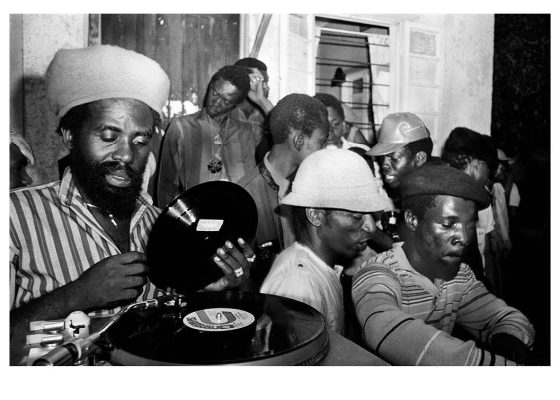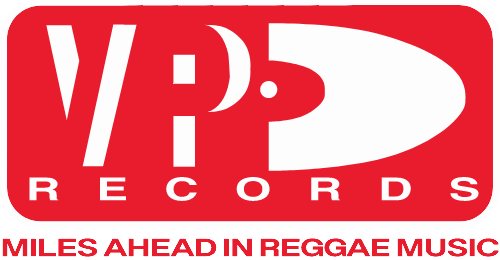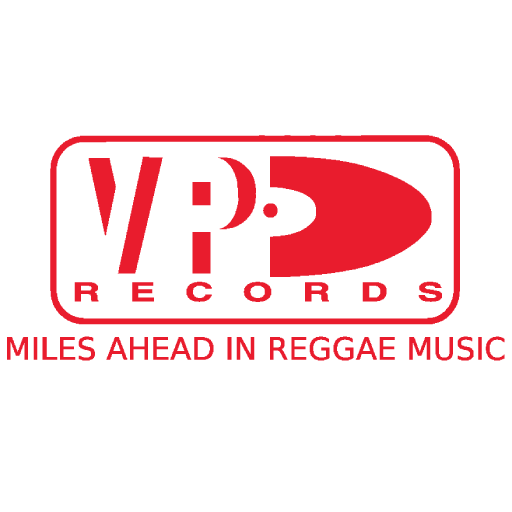
Renowned photographer Wayne Tippetts has recently had his original work issued via the award-winning publisher Cafe Royal Books so we caught up with him for a chat about his life behind the lens…
VP: When did you start taking photos and at what point did you know that you wanted to make a career of it?
WT: In 1986 shortly after studying Social documentary photography at North East London Polytechnic, now East London University, I made the first of several visits to Jamaica. This was a definite turning point for me and the reason I subsequently made a career out of photography. In Jamaica, I was instantly struck by the sheer vibrancy and exuberance of Jamaican subculture and the intensity of the Jamaican dancehall music scene. And this became the catalyst that drove me to dig deeper into Jamaican culture.
VP: You were living in Jamaica in the 90s, a time when Stone Love were really on the rise. How did you end up living there?
WT: Having spent time visiting Jamaica on a regular basis between 1986 – 92, in 1993 I got offered a part-time teaching post at the Edna Manley School of Art in the capital Kingston. This would allow me to continue my ‘Inna Dancehall Style’ project. Stone Love SoundSystem sessions were where I got to take my best photographs and I can honestly say that Thursday nights at the House of Leo on Cargill Avenue in the early 90s was ‘ram’ and definitely the place to be.
VP: What piece of advice would you give to any budding photographers starting out that you wish you had known when you were coming up?
WT: Photographing in the 80s and early 90s, film was the only game in town, so I would shoot far more selectively. Now with the advent of digital caution has been thrown to the wind with a seemingly limitless amount of photos being taken. However, I think little and often is a better approach and will yield better more consistent results and this is something I learnt from shooting film.
VP: Your new book, published by Cafe Royal Books, features your work on the burgeoning Dancehall scenes in Jamaica and the United Kingdom – please can you tell us more about the project and the inspirations behind it?
WT: I managed two trips in 86 and on my return to the UK I managed to photograph Sugar Minott in a recording studio in London and the Youthman Promotion UK crew in Brixton and Birmingham. At this time I also approached the music magazine Black Echoes, who sent me off to fly with Aswad in a small plane to Paris and shoot a feature for Aswad’s 10th Anniversary. This was followed by another commission by Echoes to cover backstage at the Glastonbury festival, where I managed to photograph Black Uhuru with Junior Reid, Half Pint, Ducky, Puma and the Wailers – who were playing with them at the time. I was also lucky enough to get some shots of legendary UK soul singer Ruby Turner, jazz funk legend Gil Scott-Heron, ska reggae band Amazulu, (Anne-Marie Ruddock, Sharon Bailey and Lesley Beach) and British soul and pop band Simply Red, who had only just formed the year before in 1985. However, it was the seminal work that I shot on my first two visits to Jamaica in 1986 and my experience at the Youthman Promotion Sound System (published in the book) that led to my ‘Inna Dancehall Style’ photo project about the Dancehall Queens and patrons of the dance rather than the deejays – shot both in Jamaica and the UK. A selection of these images were first published as a feature in the The Guardian magazine in 1993.
VP: Are there any forthcoming projects we should keep a lookout for?
WT: As a photographer, I think I’ve always been more interested in the subcultural aspects of society and what’s under the surface. I’m currently working on another Jamaican project close to my heart… The Caymanas Park racetrack, which also connects nicely with sound system culture as many songs have referenced the track, including the iconic song by the Pioneers ‘Long Shot Kick The Bucket’. I shot this between 1986-2000, And it’s about the patrons and Jockeys at the track rather than the races – which are pretty much the same wherever you go.
After moving back to the UK I revisited Jamaica in 2013-16, shooting with a digital camera. I updated my Caymanas Park racetrack series – available to view online on the Guardian as ‘Jamaica’s Racetrack Warriors’. While back in JA I also revisited the dancehall scene. Things had changed with vinyl replaced by CDs and digital music on the dancehall decks and the fabulous outfits had been replaced largely by American urban leisurewear. 47 years on from my first visit to JA, vinyl has overtaken sales of CDs for the first time since CDs were launched. So hopefully we will see vinyl records back on the dancehall SoundSystems and Greensleeves vinyl records back on heavy rotation on the decks again, as they were in the 70s 80s and 90s.
Check out the book here:


